-
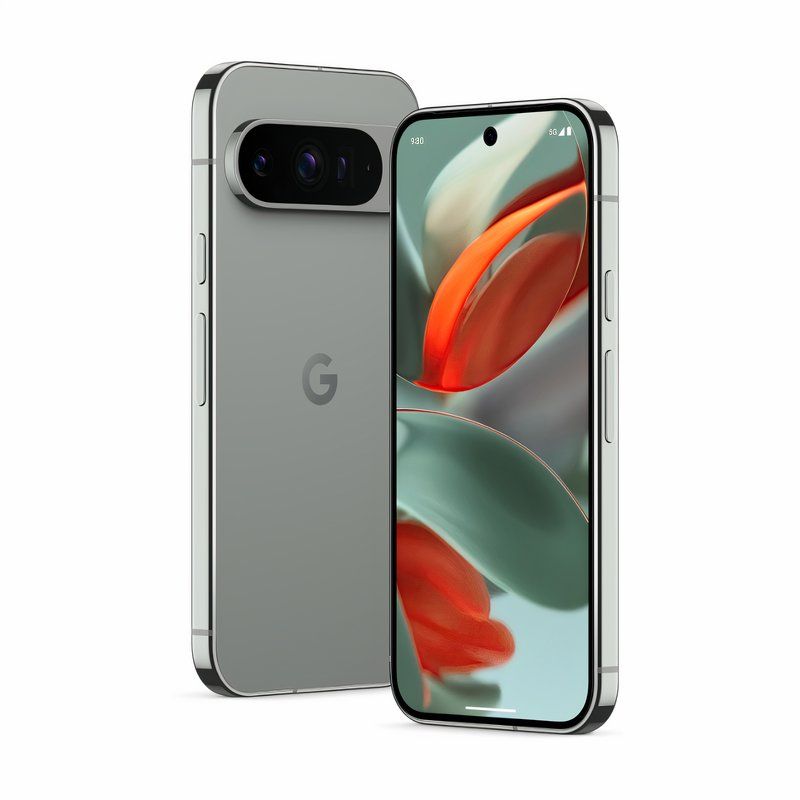
The latest and greatest Google AI
Google Pixel 9 Pro
The Pixel 9 Pro stands out from the Pixel 8 Pro not only by looking different, but because its more powerful internals enable exclusive AI features.
Pros- Tensor G4 enables new on-device AI features
- Higher megapixel selfie camera
Cons- Smaller display than before
-
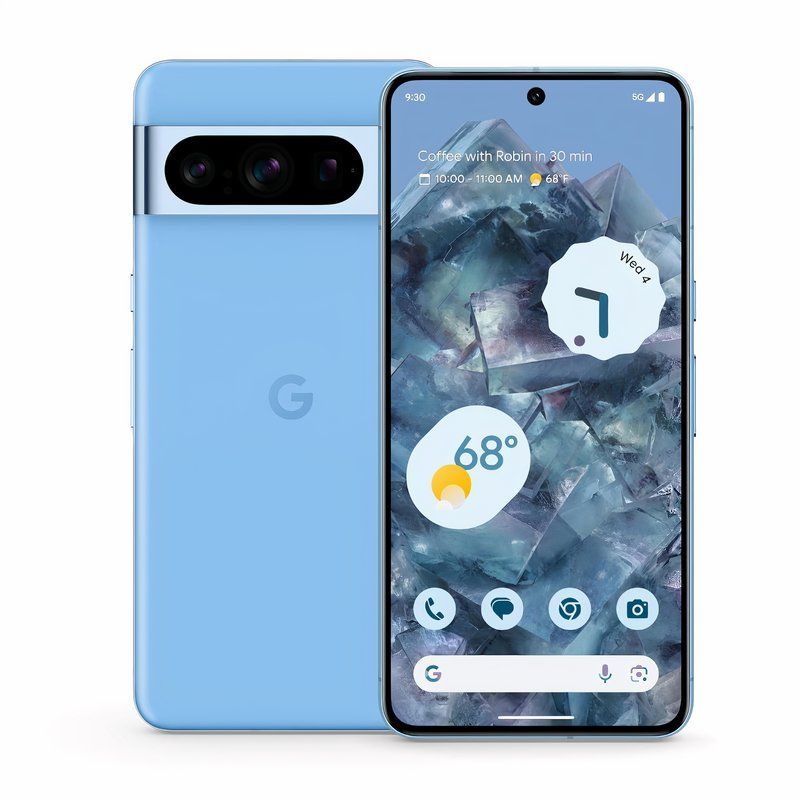
A boundary-pushing smartphone camera
Google Pixel 8 Pro
The Pixel 8 Pro proved that Google could make good photography even better with new cameras and the powerful new Magic Editor.
Pros- Display is noticeably smoother and brighter
- Cameras and AI editing are vastly improved
Cons- Battery life is the same as before
Google’s Pixel 9 Pro seems by all accounts to be the best premium smartphone the company has ever made, largely on the back of an eye-catching design, meaningfully improved cameras, and new internals that power (at least for now) exclusive AI features. The problem, if you can call it that, is that you could have said the same thing about the Pixel 8 Pro.
We were big fans of the changes Google introduced with the Pixel 8 Pro camera, but the other tweaks the company made weren’t too shabby either. The phone had a better display than almost all the Pixels before it, and an all-day battery life that made it reliable, even for anyone used to the consistent battery performance of Apple’s iPhone Pros.
If you bought a Pixel 8 Pro last year, you might be wondering whether it’s worth it to upgrade to Google’s latest. It could depend a lot on how much you care about Google’s new AI features, but here’s how the Pixel 9 Pro and Pixel 8 Pro compare.
Price, availability, and specs
The Pixel 9 Pro costs $999, the same price as the Pixel 8 Pro. The key difference is screen size. Your $999 gets you a 6.7-inch Pixel 8 Pro, and a 6.3-inch Pixel 9 Pro. That’s because Google opted to create a larger category called the Pixel 9 Pro XL that has a 6.8-inch display and costs $1,099. You’re getting less screen for your money with the Pixel 9 Pro, but it does bring Google’s smartphone more in line with how Apple splits up its high-end iPhones.
In terms of the other specs, there are more obvious advantages to the Pixel 9 Pro compared to the Pixel 8 Pro:
-
Pixel 9 Pro Google Pixel 8 Pro SoC Tensor G4 Google Tensor G3 Display 6.3-inch Super Actua display 6.7-inch Super Actua OLED, 2992 x 1344, 489ppi, 1-120Hz, up to 2400nits RAM 16GB 12GB Storage 128GB, 256GB, 512GB, 1TB 128GB, 256GB, 512GB, 1TB Battery 4700mAh, 24+ hours of battery life 5050mAh, 30W fast charging, 12-18W wireless Ports USB-C USB-C 3.2 Operating System Android 14 Android 14 Front camera 42-megapixel f/2.2, 103-degree FOV selfie camera 10.5MP Rear camera 50-megapixel f/1.68 wide camera / 48-megapixel f/1.7, 123-degree FOV ultrawide camera / 48-megapixel, f/2.8, 5x optical zoom, up to 30x Super Res Zoom telephoto camera 50MP main, 48MP ultra wide, 48MP telephoto Dimensions 6 x 2.8 x 0.3-inches 162.6 x 76.5 x 8.8mm, 213g Colors Porcelain, Obsidian, Hazel, Rose Quartz Obsidian, Porcelain, Bay Weight 199g / 7oz 213g IP Rating IP68 IP68 Connectivity Wi-Fi 7, Bluetooth 5.3, NFC, Ultra-Wideband chip, GPS, 5G mmWave, Satellite Wi-Fi 7, Bluetooth 5.3, Ultra-Wideband chip, NFC, GPS, 5G
The best Pixel design comes down to taste
Google found a way to one-up its old camera bump
When it comes to design, Google’s Pixel phones always look distinct, but the Pixel 9 Pro is different. The company found a way to both streamline the Pixel 9 Pro, and make its unique element — the camera “bar” — standout even more than before.
The matte Gorilla Glass victus 2 back and polished metal sides are similar to what Apple has done on the iPhone Pros, but in more playful colors: Obsidian (black), Porcelain (off-white), Hazel (greenish-gray), and Rose Quartz (light pink). The raised pill-shaped camera bar is even more noticeable than before, with the same polished sides and a matte top, with all three cameras joined in a single glass enclosure.
In comparison, the Pixel 8 Pro is rounder, with a more fluid transition from the camera bar to the sides of the phone. The cameras are still raised and still impossible to ignore, but they are more cohesively incorporated into the rest of the phone. Where the Pixel 9 Pro is flat, the Pixel 8 Pro is curved, though both phones feature a flat front display and a hole-punch selfie camera. The Pixel 8 Pro comes in Obsidian (black), Porcelain (off-white), Bay (blue), and Mint (pastel green), and save for Mint, its colors are more saturated than what you’ll get on the Pixel 9 Pro, which is always preferred in my book.
Which design is better is really a matter of taste, but the contrasting textures and materials on the Pixel 9 Pro, along with the more “opinionated” design make it seem more premium. That’s an advantage when you’re paying $1,000 and up for a smartphone.
Google’s new display is usable in more places
The Pixel 9 Pro is brighter
Both the Pixel 9 Pro and the Pixel 8 Pro use similar Super Actua screens. Google introduced the branding alongside its move to LTPO OLEDs, and it offers overall smoother scrolling and swiping thanks to a higher refresh rate, and better peak brightness outdoors.
In terms of refresh rate, both the Pixel 9 Pro and the 8 Pro can shift anywhere between 1 to 120Hz, though the Pixel 9 Pro has a different resolution at 1280 x 2856 in comparison to the Pixel 8 Pro’s 1344 x 2992 resolution due to the newer phone’s smaller screen.
Of course, that means that the Pixel 9 Pro has a higher 495 ppi in comparison to the Pixel 8 Pros 485 ppi display. The Pixel 9 Pro is also brighter. Where the peak brightness of the Pixel 8 Pro maxed out at 2400 nits, the Pixel 9 Pro goes all the way up to 3000 nits. That makes the phone even more legible under bright sunlight and should make onscreen visuals pop, indoors and out.
As you might expect, the Pixel 9 Pro XL is nearly identical to the Pixel 8 Pro. Its resolution is the same 1344 x 2992, and the pixel density is nearly the same at 486 ppi. The key difference is again, brightness. The Pixel 9 Pro can reach up to 3000 nits of peak brightness, making it a better option if you’re using it outdoors. The differences are relatively minor, but the Pixel 9 Pro is at least an improvement on what Google offered on previous models.
The new AI features go beyond photo editing
Google gave some exclusives to the Pixel 9 Pro
Unusual for a Pixel phone, the Pixel 9 Pro ships with Android 14 just like the Pixel 8 Pro. Typically, Google uses its smartphones to launch the next version of Android, but Android 15 wasn’t finished in time for the Pixel 9 Pro.
While Android 14 isn’t as existing as previous Android updates, it is certainly stable at this point, so it should run fine on the Pixel 9 Pro, especially with a more powerful Tensor chip.
Google’s also launching some exclusive AI features with the Pixel 9 line that are naturally included on the Pixel 9 Pro. Those include two new phots features, and a new system-level Android feature for organizing and recalling information. For editing photos, “Reimagine” lets you circle a section of your photo and type out a prompt to have Gemini generate changes. While taking a photo, “Add Me” lets you shoot a photo, then have your friends shoot you in the same spot and then stitch the two together for a seamless group shot. These are on top of the Magic Editor and Best Take features Google introduced on the Pixel 8 Pro.
Pixel Screenshots engages with your photos in an entirely different way. When the feature is enabled, Google will analyze and index your screenshots to make them searchable with natural language requests. You can essentially screenshot anything to have your Pixel 9 Pro remember it for later, whether it’s a recipe, a map location, or a text message.
It’s entirely possible these new features will make their way to the Pixel 8 Pro (and other older Pixels) at some point via a Pixel Drop update, but until then, the Pixel 9 Pro has a notable one up in terms of software features.
Performance differences aren’t major
But a new Tensor chip will keep Pixel 9s competitive
In our review of the Pixel 8 Pro we found that the Tensor G3 we found that it meaningfully improved on the thermal management of the Tensor G2, and in general, made the phone feel faster and smoother in comparison to previous years.
The Tensor G4 should take things a bit further, particularly when it comes to running the growing list of AI features Google is introducing to the Pixel lineup. A bigger contribution to the Pixel 9 Pro’s performance, and something that should keep it chugging along for longer than previous phones, is a slight bump to its RAM. The Pixel 9 Pro has 16GB of RAM in comparison to Pixel 8 Pro’s 12GB of RAM, which should hopefully keep more apps in memory and allow more AI functions to be locally as opposed to in the cloud.
Because of the minor improvements the Tensor G4 brings, it might be worth it to see just how many of the AI features that launched with the Pixel 9 Pro make their way to other Pixel devices. If you’re happy with the performance of the Pixel 8 Pro, you might not be getting that much of a different experience on the Pixel 9 Pro.
Extending battery life with software
The Pixel 9 Pro should last longer
Despite Google’s claims to the contrary, the Pixel 8 Pro didn’t mark a major difference in terms of typical battery life, unless you were using the company’s Battery Saver features. With the Pixel 9 Pro Google is claiming over 24 hours of battery life, and up to 100 hours of battery life with Extreme Battery saver enabled.
In-depth real world testing is required to thoroughly vet Google’s claims, but there is at least a difference between the battery capacity of the Pixel 8 Pro and Pixel 9 Pro. Google’s Pixel 8 Pro has a 5050mAh battery in comparison to the Pixel 9 Pro’s 4700mAh battery. Again, there’s a difference in phone and display size to account for here. The Pixel 9 Pro XL, for example, has a 5060mAh battery similar to the Pixel 8 Pro.
The difference in battery life between the Pixel 9 Pro and Pixel 8 Pro likely has less to do with battery capacity and more with how Google’s software tweaks and new Tensor G4 chip keep everything running cooler and more efficiently on the newer phone.
Camera improvements tied to hardware and software
Google one-upped itself on photography
For the most part, the Pixel 9 Pro’s camera setup is similar to the Pixel 8 Pro. The phones have the same 50MP, f/1.68 wide camera and the same 48MP, f/2.8 telephoto camera with a 5x optical zoom and up to 30x Super Res Zoom. Where the Pixel 9 Pro stands out is the ultrawide and the front-facing selfie camera.
The Pixel 9 Pro has a 48MP, f/1.7 ultrawide with autofocus and a 123-degree FOV (field of view) compared to an ultrawide with an f/1.95 aperture on the Pixel 8 Pro. That difference is subtle, but it should translate to better low light performance in the Pixel 9 Pro’s ultrawide shots.
The difference in the front-facing camera is even more dramatic. The Pixel 9 Pro has a 42MP, f/2.2 selfie camera compared to the 10.5MP selfie camera on the Pixel 8 Pro. That means selfies taken on the Pixel 9 Pro should have noticeably more detail. The improvements extend to video too. Notably, the Pixel 9 Pro now offers Google’s Super Res Zoom on videos too, all the better for capturing sports or concerts from the cheap seats.
At least for now, the Pixel 9 Pro also has new AI-powered photo features like Add Me and Reimagine, that make the kinds of photos you can take and make a bit more varied than the Pixel 8 Pro can currently do. In terms of camera performance, you should get a better experience on the Pixel 9 Pro.
Which Pixel Pro should you buy?
The Pixel 9 Pro and Pixel 8 Pro are closer in terms of some features and specs than you might expect, but the Pixel 9 Pro differentiates itself in some key ways. Those include a new Tensor chip, a brand-new design, new exclusive AI-powered software features, and some meaningful camera tweaks — and that’s on top of Google’s decision to offer the Pixel 9 Pro in an “XL” size this year.
Ultimately, what makes a good Pixel phone is helpful AI features and impressive cameras, and the Pixel 9 Pro offers both, with the promise of being capable of handling the next few years of software improvements thanks to Google’s seven years of promised software updates. Taken with the sleek hardware design, the Pixel 9 Pro is our top pick.

Top Pick
Google Pixel 9 Pro
The Pixel 9 Pro surpasses the Pixel 8 Pro in terms of camera performance and powerful AI features, the defining qualities of a good Pixel phone.
That’s not to say the Pixel 8 Pro isn’t worth considering, especially if Google ends up offering it at a discount. We still love its camera performance, and for the same or lower price as the Pixel 9 Pro, you’ll get a bigger display. Besides, there’s no telling that some of the headlining software features of the Pixel 9 Pro, like Pixel Screenshots, don’t end up making their way to the Pixel 8 Pro at some point.
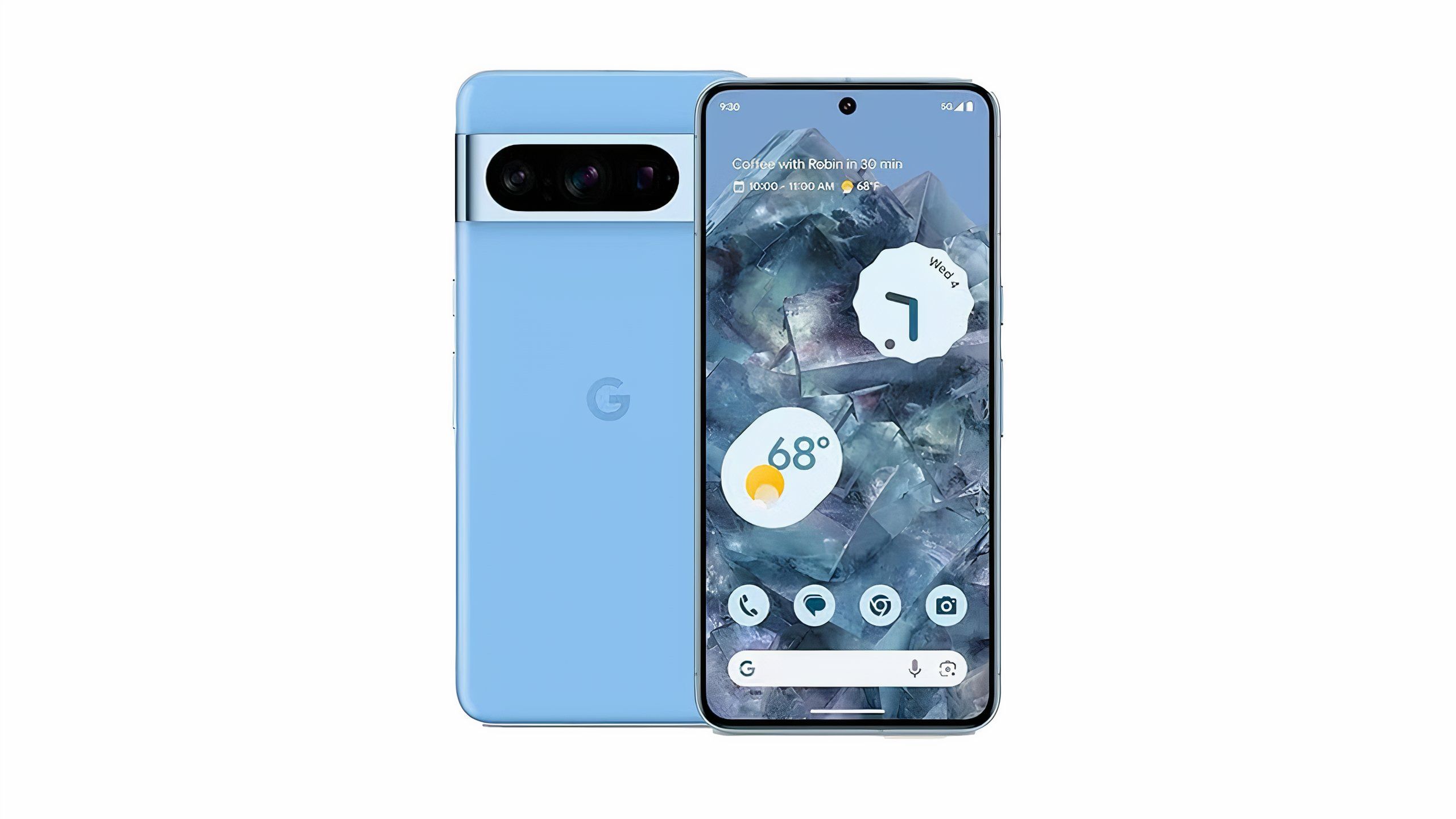
Google Pixel 8 Pro
The Pixel 8 Pro is still worth considering if you’re interested in Google’s camera skills, but want a potentially cheaper price than the Pixel 9 Pro.

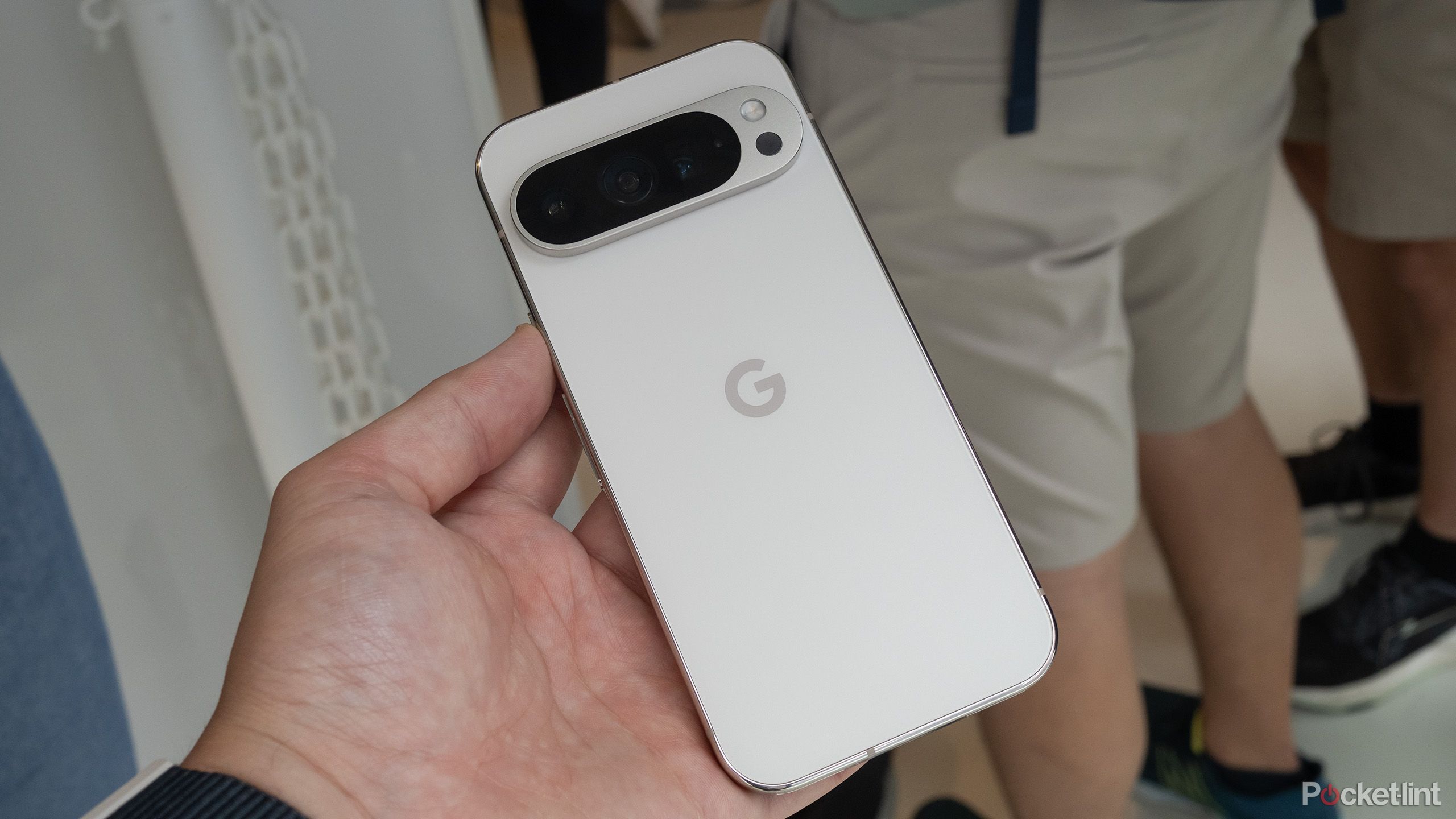
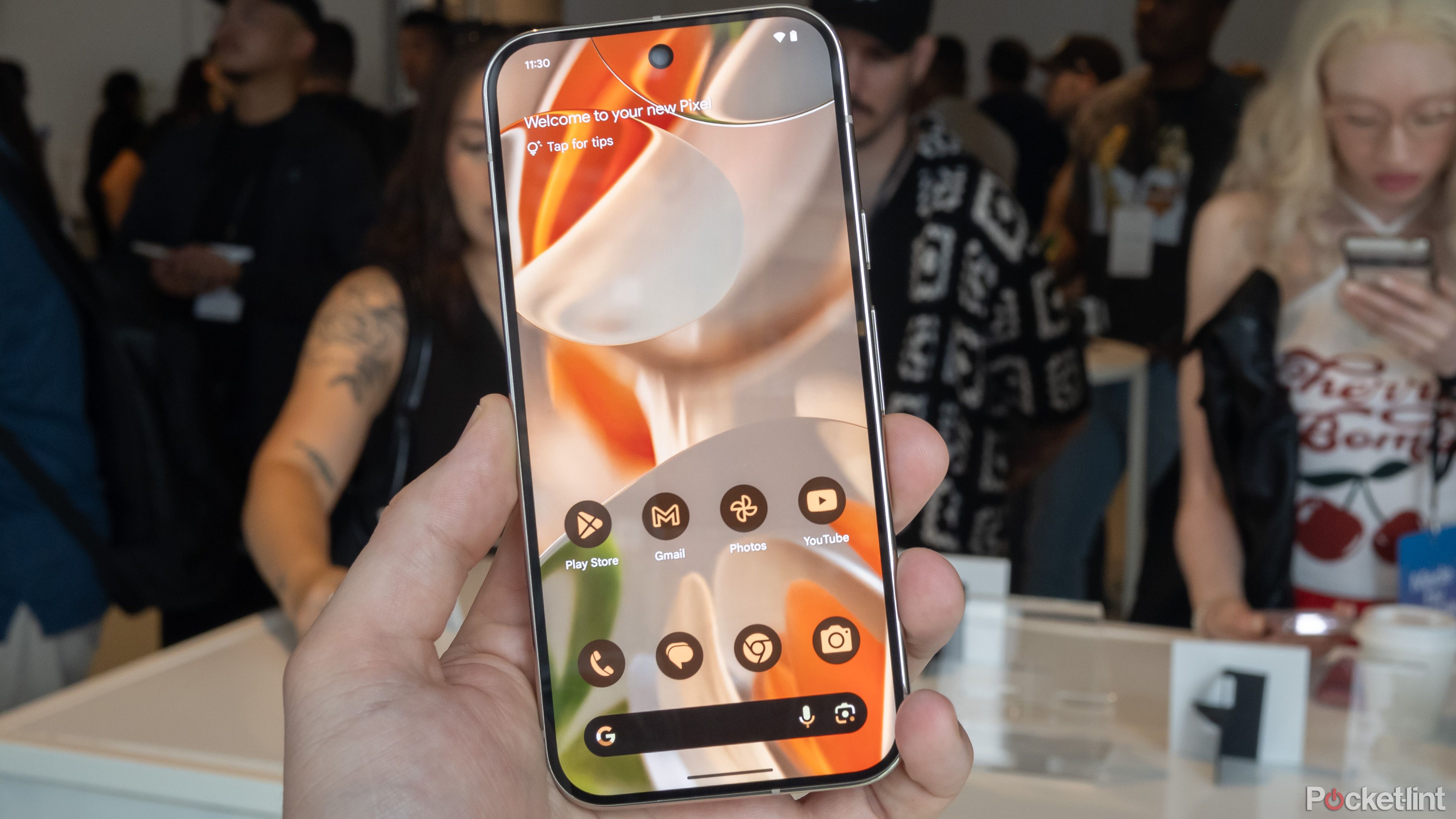
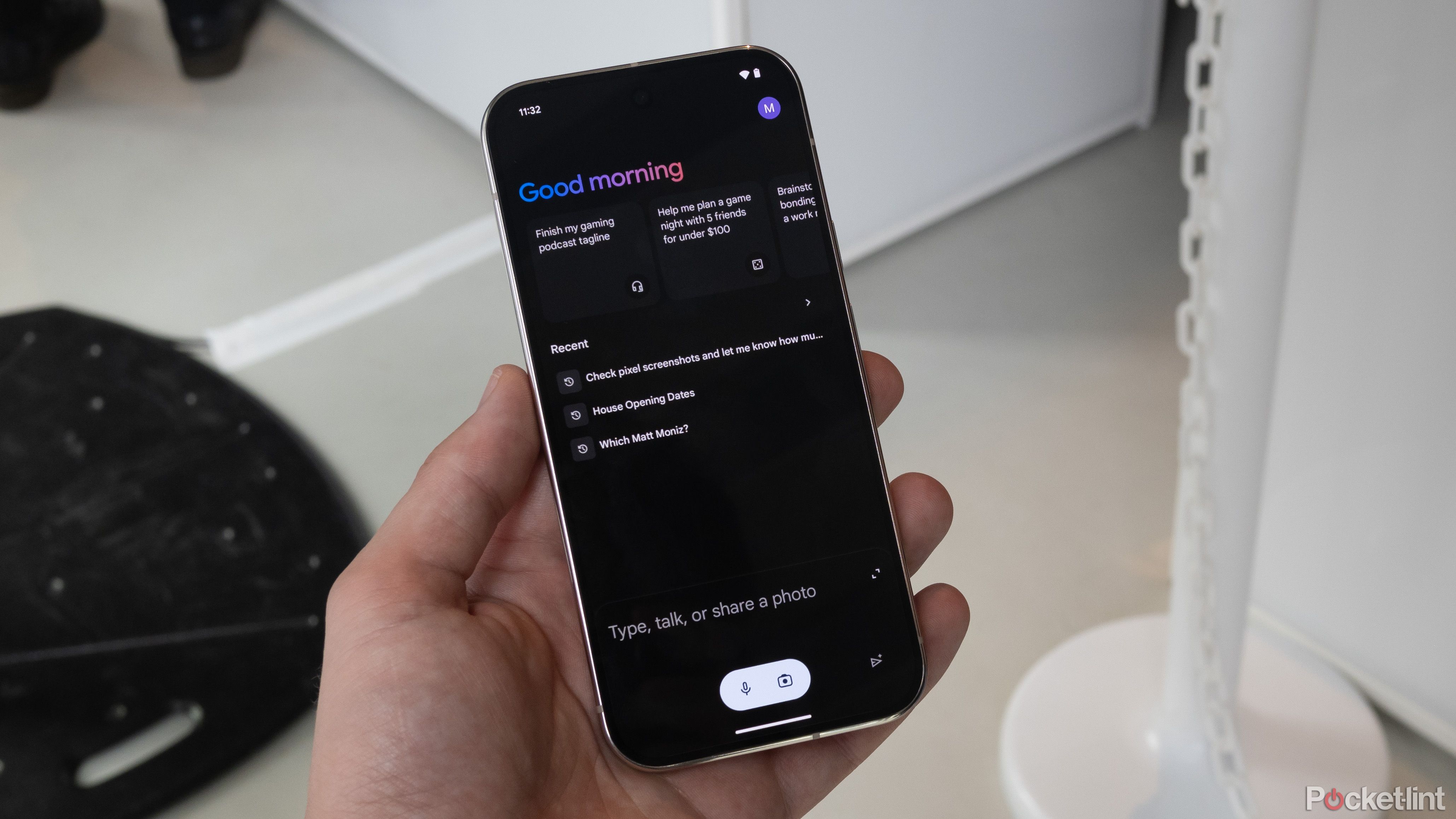
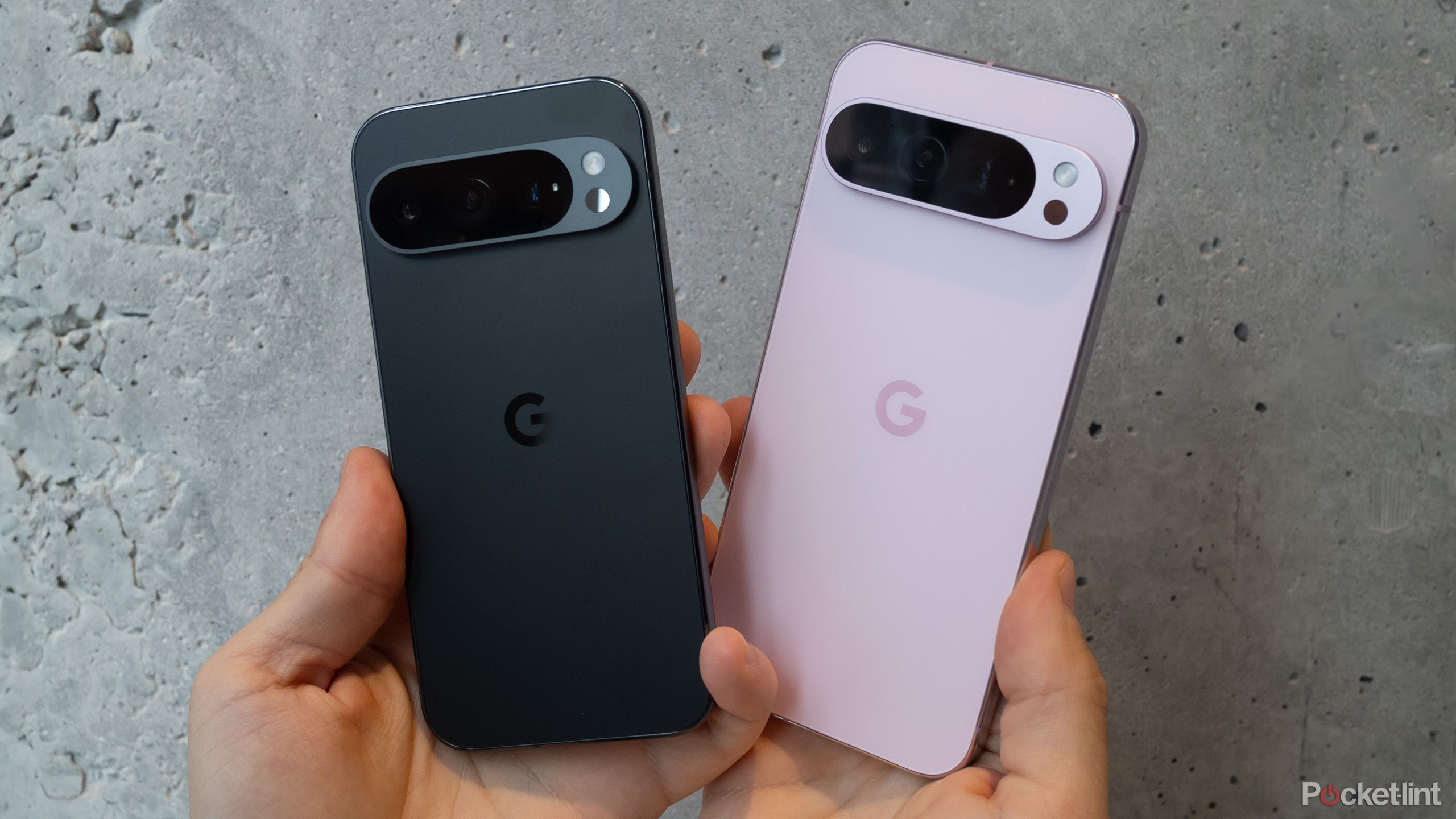
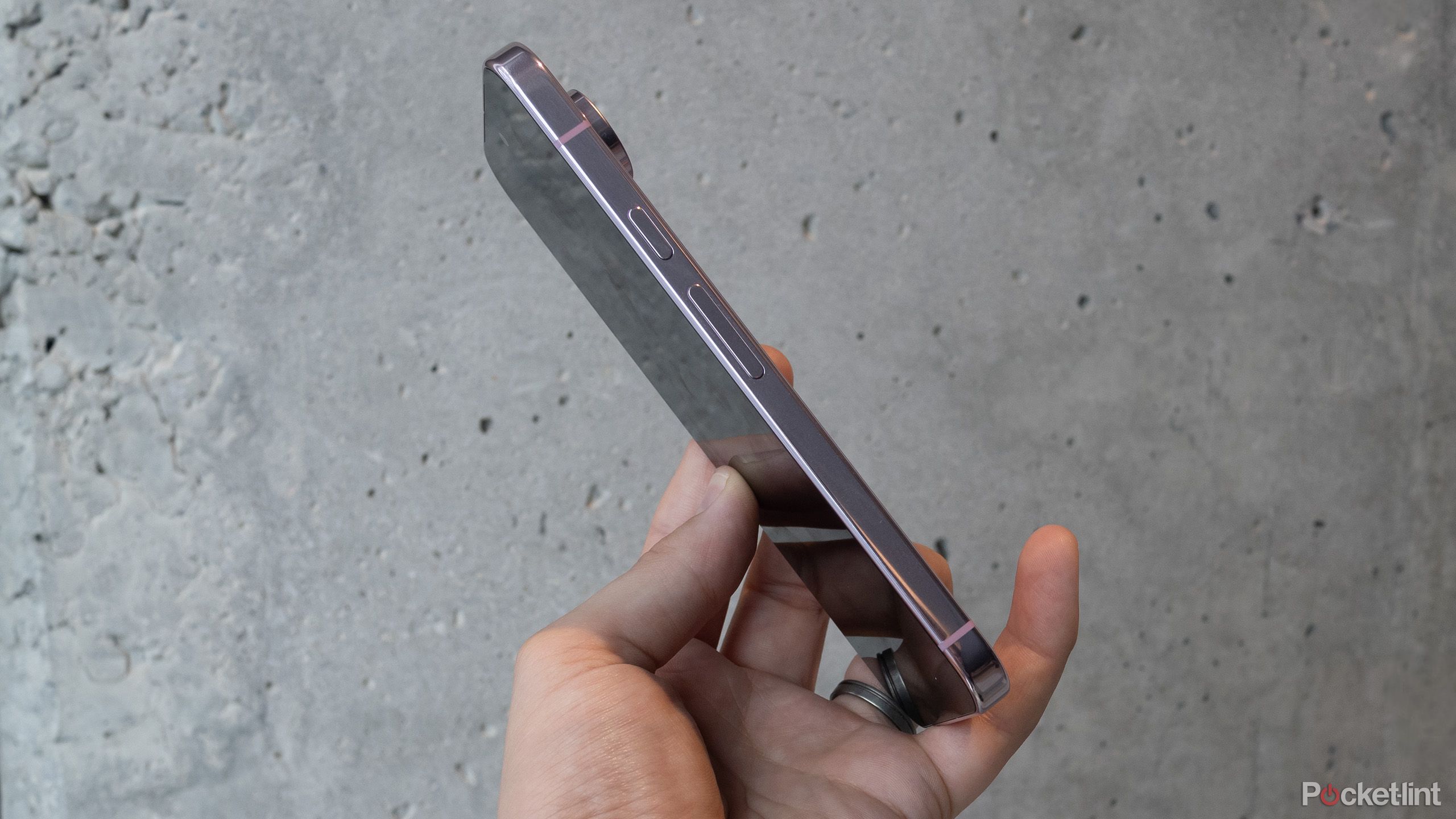
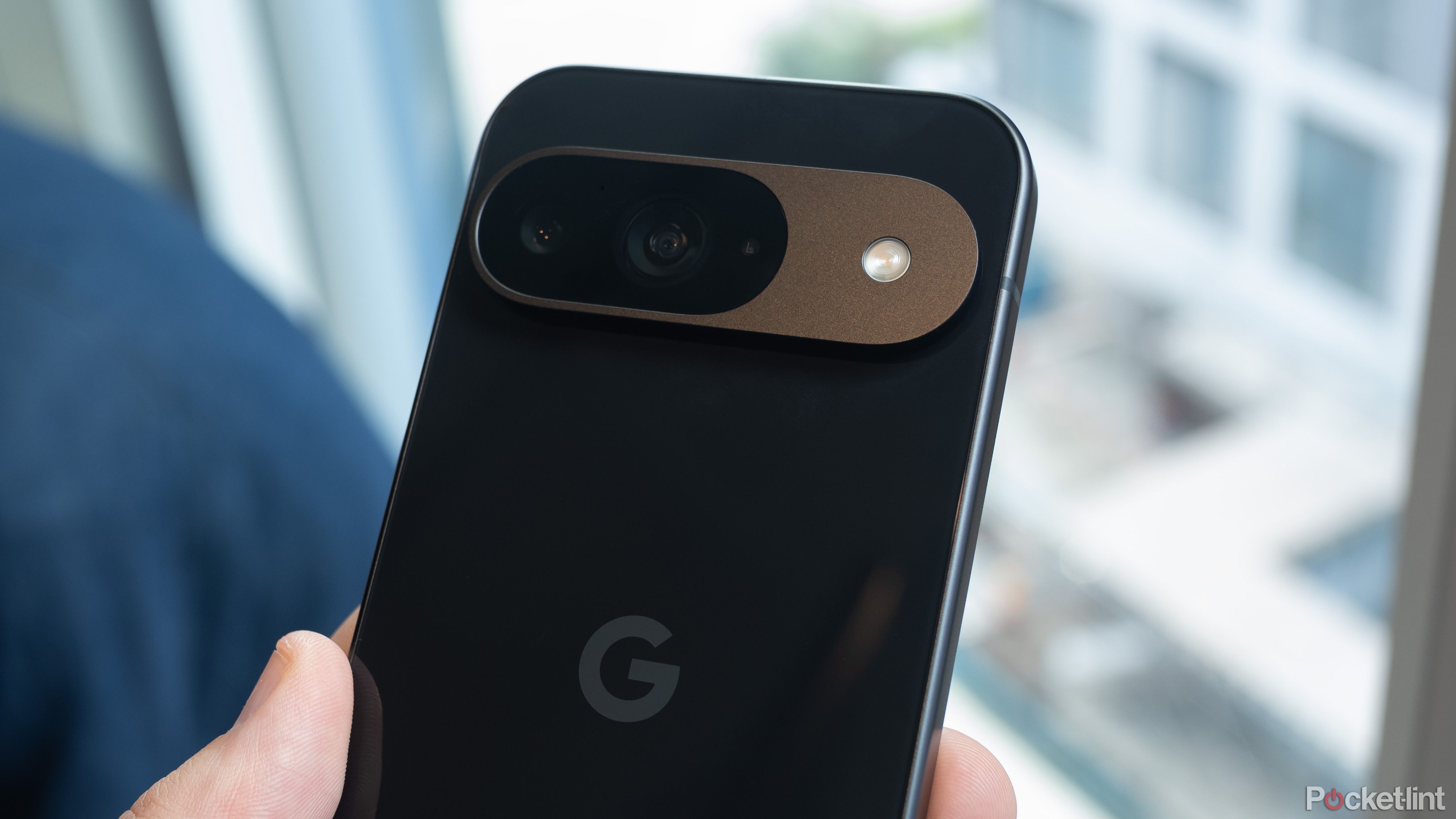
1 Comment
Your point of view caught my eye and was very interesting. Thanks. I have a question for you.